When it comes to raising healthy, happy children, ensuring they have ample opportunities to be active is a top priority for many parents. However, not every day provides ideal weather for outdoor play, and this is where an indoor gym for children comes in. These specialized spaces offer a variety of physical activities that can keep children entertained while promoting their overall development.
What Is a Children's Indoor Gym?
A children's indoor gym is a dedicated space designed for young ones to engage in physical exercise, play, and exploration. Unlike traditional gyms, these indoor spaces are specifically designed with safety, fun, and developmental growth in mind. From climbing structures to balance beams and trampoline areas, children’s indoor gyms offer a wide range of activities that challenge their strength, coordination, and creativity.
These gyms typically cater to children of various age groups, with different sections tailored to different developmental stages. For example, areas for toddlers might feature soft play elements and low climbing walls, while older kids might have more challenging obstacle courses and advanced gymnastic equipment.
Benefits of an Indoor Gym for Children
- Physical Development
One of the primary benefits of an indoor gym is the opportunity for physical activity. Regular exercise helps children develop strong bones, muscles, and joints. Climbing walls, balance beams, slides, and obstacle courses promote gross motor skills like coordination, agility, and strength. These activities engage children’s whole bodies, encouraging them to move in different ways that would be difficult to replicate at home or school.
- Mental and Cognitive Growth
While physical exercise is a big focus, indoor gyms also provide cognitive benefits. Many gyms incorporate problem-solving elements into their designs, such as mazes, puzzles, or structured challenges. These activities help children develop their critical thinking skills and encourage them to plan and execute strategies. Problem-solving and learning to navigate physical obstacles also enhance cognitive abilities such as spatial awareness and memory.
- Social Skills and Teamwork
Indoor gyms are often social spaces where children can interact with their peers. These environments foster cooperation and teamwork as kids engage in group activities or games. Learning how to share equipment, take turns, and communicate effectively are essential social skills that children develop through play. For children who might be shy or introverted, indoor gyms offer an opportunity to build confidence in social situations.
- Emotional Benefits
Active play in an indoor gym can also help children develop emotional resilience. Physical activities that challenge them—like climbing a wall or completing an obstacle course—give children a sense of accomplishment when they succeed. This sense of mastery boosts their self-esteem and helps them learn how to cope with failure or frustration. Additionally, the joy of physical activity can reduce anxiety and stress, helping children feel happier and more relaxed.
- Safety and Convenience
One of the primary advantages of indoor gyms is that they provide a controlled, safe environment for children to explore. These gyms are designed with child safety in mind, often using soft materials, padded surfaces, and age-appropriate equipment. They allow children to engage in activities that might be risky outdoors, such as climbing or jumping, with a much lower chance of injury. Plus, indoor gyms are accessible year-round, regardless of weather conditions, so children can enjoy physical activity no matter the season.
Choosing the Right Indoor Gym for Your Child
When selecting an indoor gym, parents should consider the following factors:
-
Age Appropriateness: Make sure the gym has age-appropriate activities for your child. Some gyms may cater more to toddlers, while others are designed for older children with more advanced skills.
-
Safety Standards: Look for gyms that meet safety standards. This includes having properly padded floors, secure equipment, and staff trained in child safety.
-
Variety of Activities: Choose a gym that offers a wide range of activities. Variety keeps children engaged and allows them to develop multiple skills.
-
Cleanliness and Maintenance: Indoor gyms should be clean and well-maintained, with frequent checks for wear and tear on equipment. A clean environment reduces the risk of injury and illness.
-
Supervision: Depending on your child’s age, you might want a gym that offers on-site supervision or staff to guide activities, ensuring that your child stays safe and engaged during their time there.
Popular Indoor Gym Activities for Children
Some of the activities commonly found in children's indoor gyms include:
- Climbing Walls: Children can practice their climbing skills, which help build strength, coordination, and confidence.
- Obstacle Courses: These are great for developing agility, balance, and problem-solving.
- Trampolines: Bounce zones allow children to release energy in a fun and controlled way.
- Soft Play Areas: For younger children, soft play equipment such as foam blocks, tunnels, and slides helps with coordination and social skills.
- Balance Beams and Rope Courses: These challenge children’s balance and concentration, making them great for improving fine motor skills.
Conclusion
A children’s indoor gym is more than just a place to burn off energy—it’s a valuable resource for supporting physical, mental, and emotional development. With activities that encourage strength, coordination, social interaction, and problem-solving, these gyms are an essential tool for parents looking to provide a fun, active environment for their children. Whether it's raining outside or you just need a place to go for a few hours of fun, an indoor gym offers a safe, educational, and enjoyable space for kids to grow and thrive.

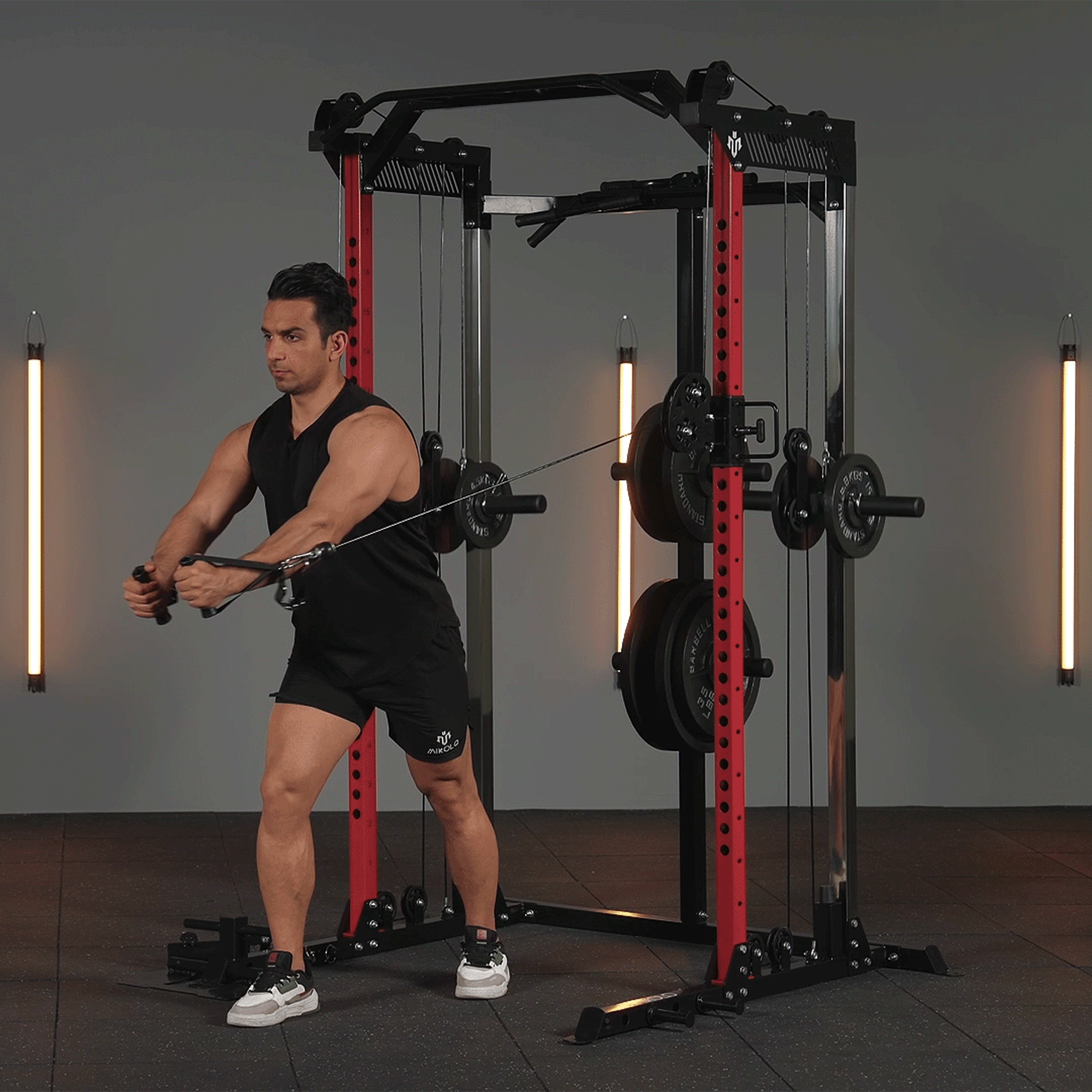




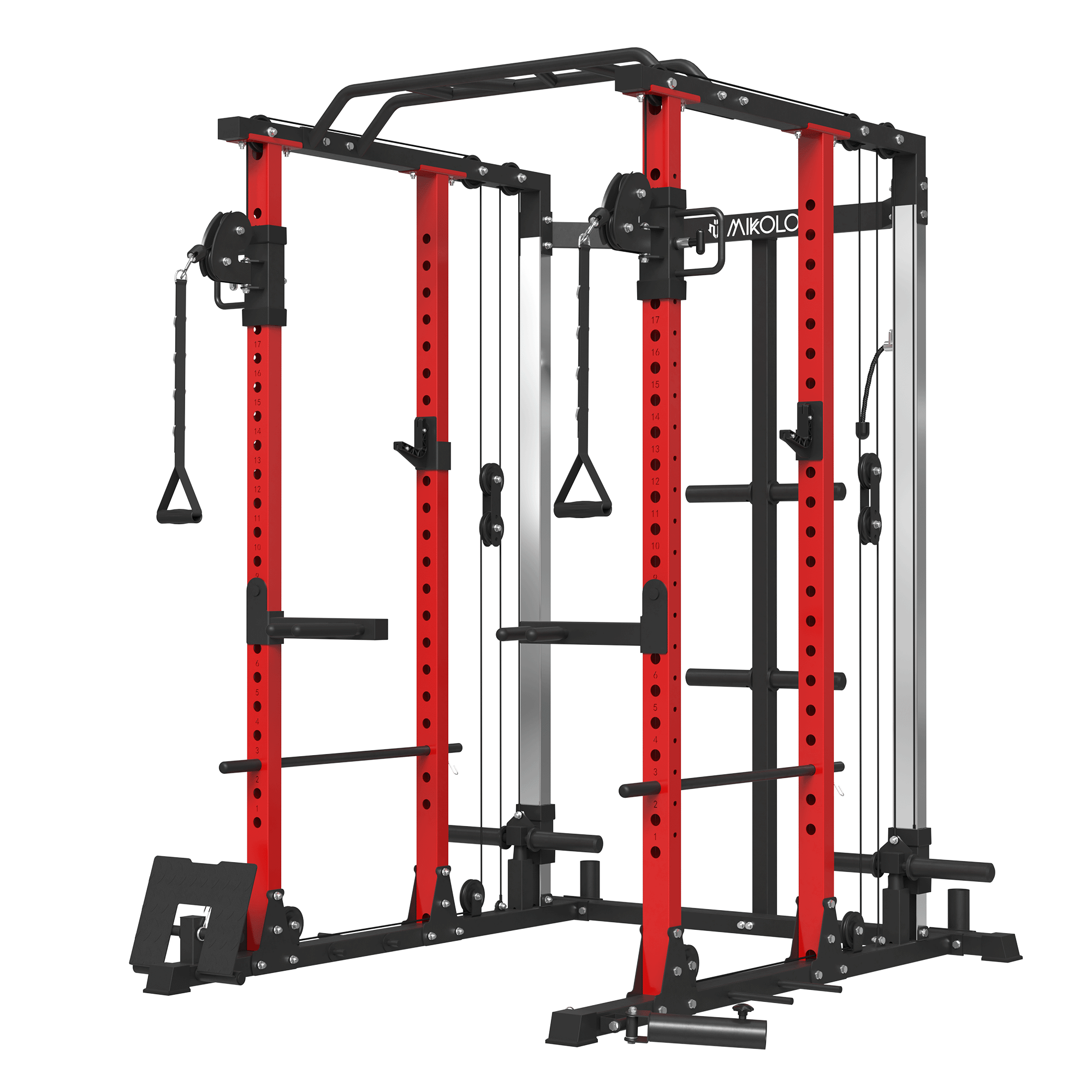



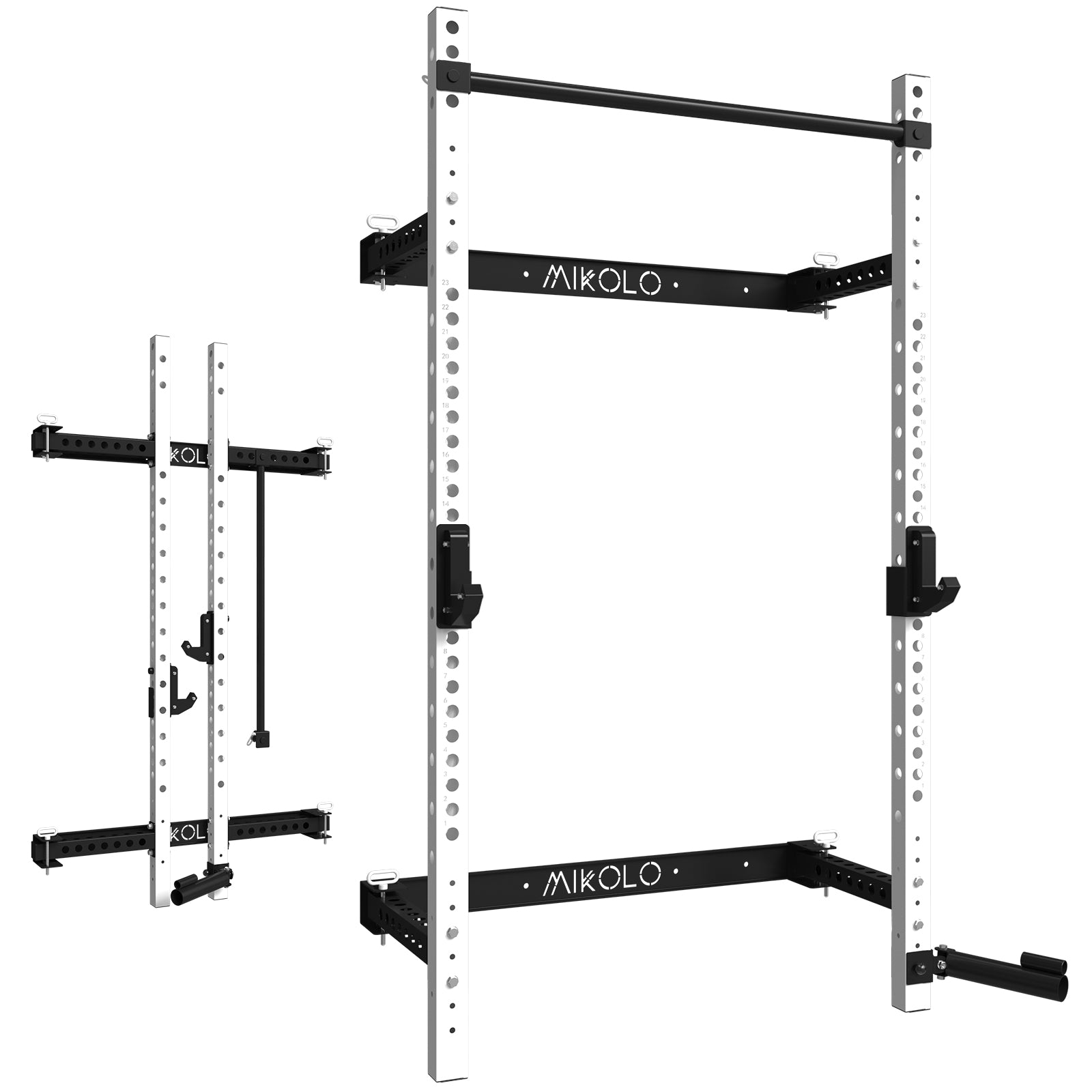
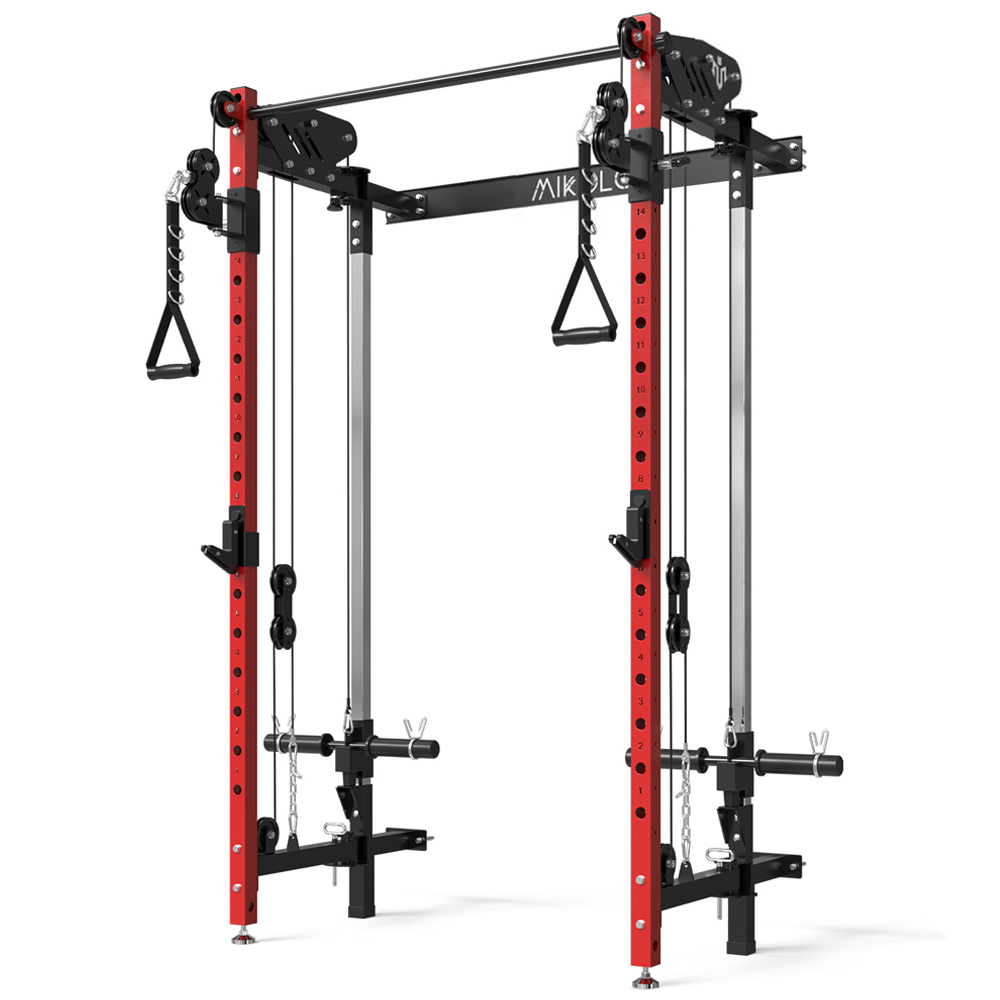
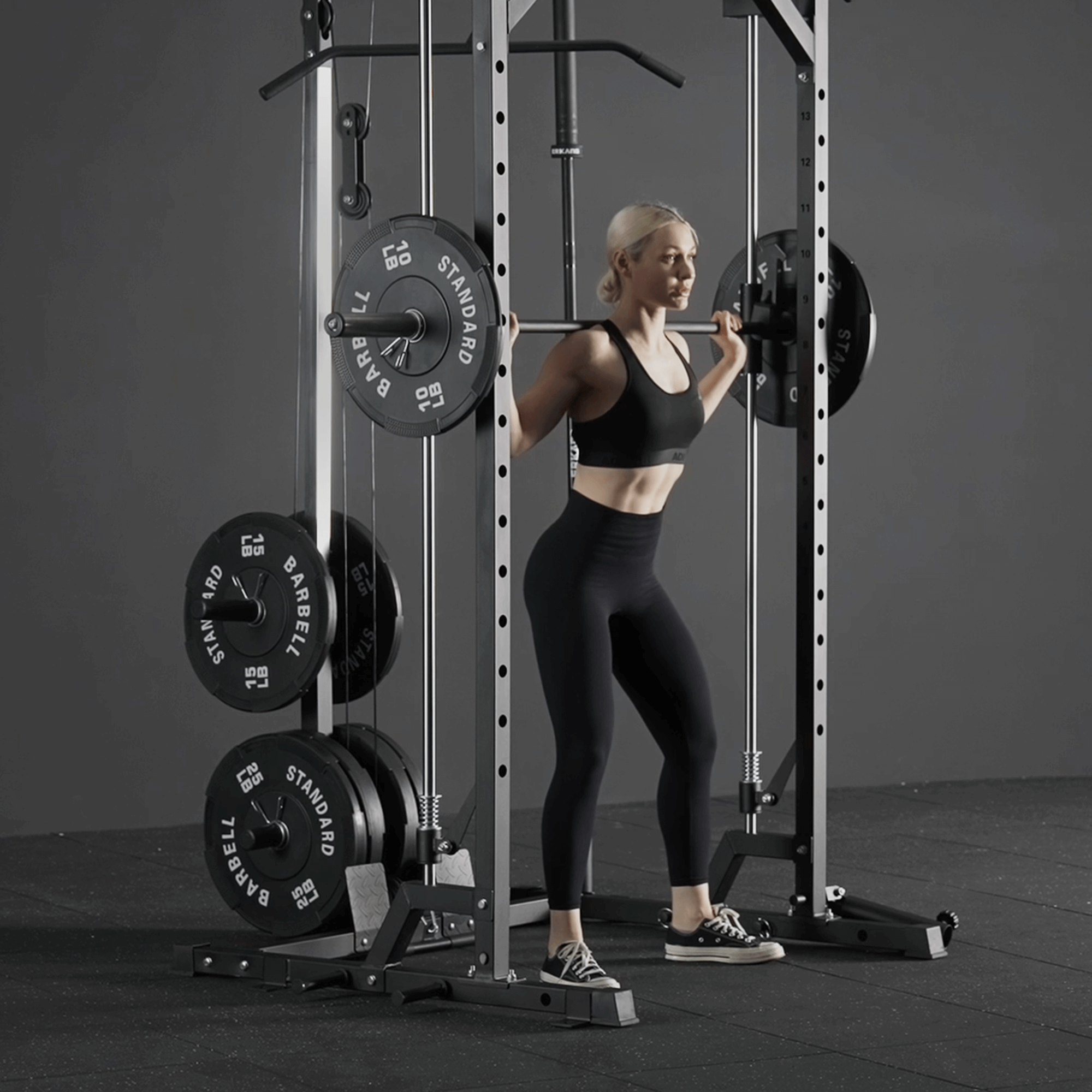


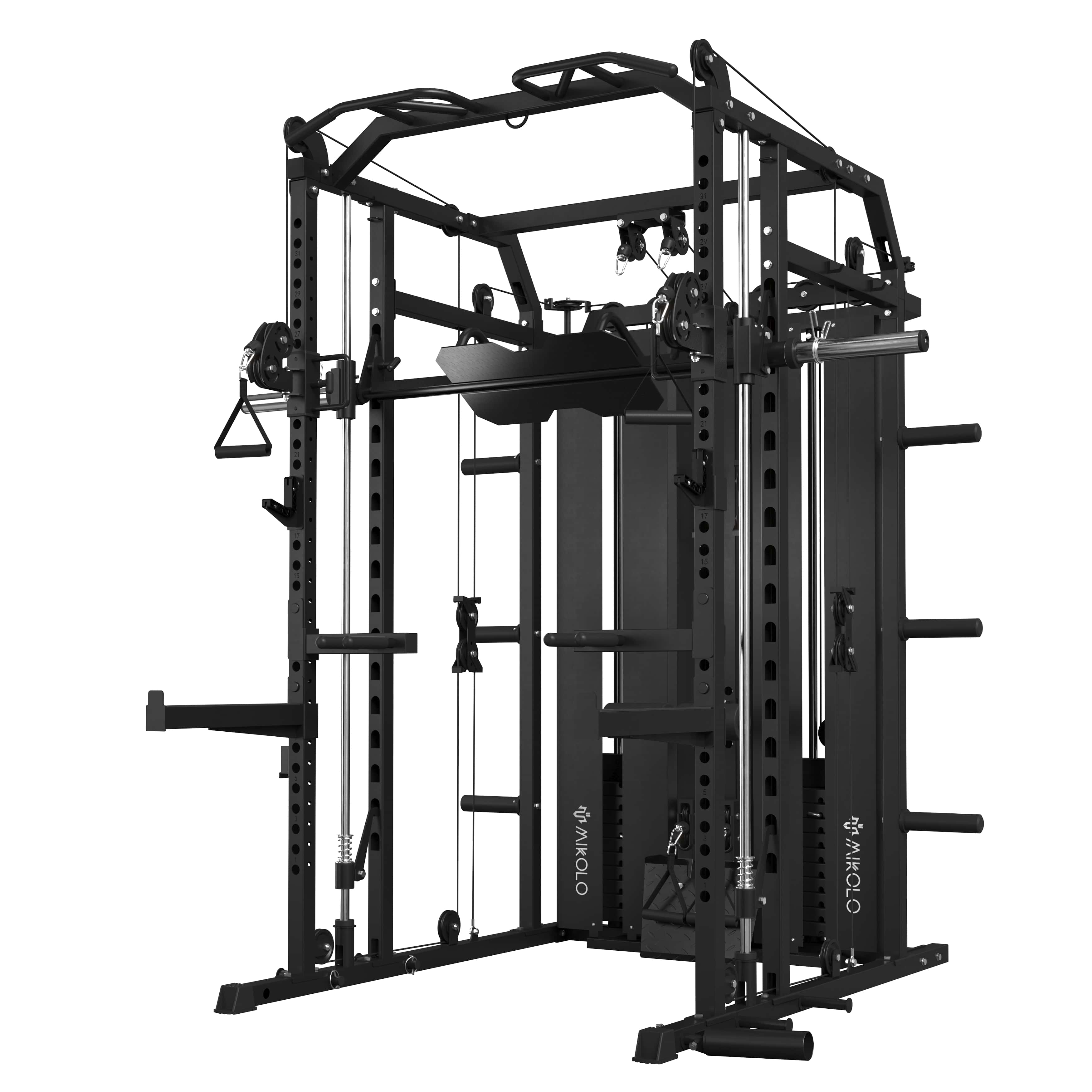


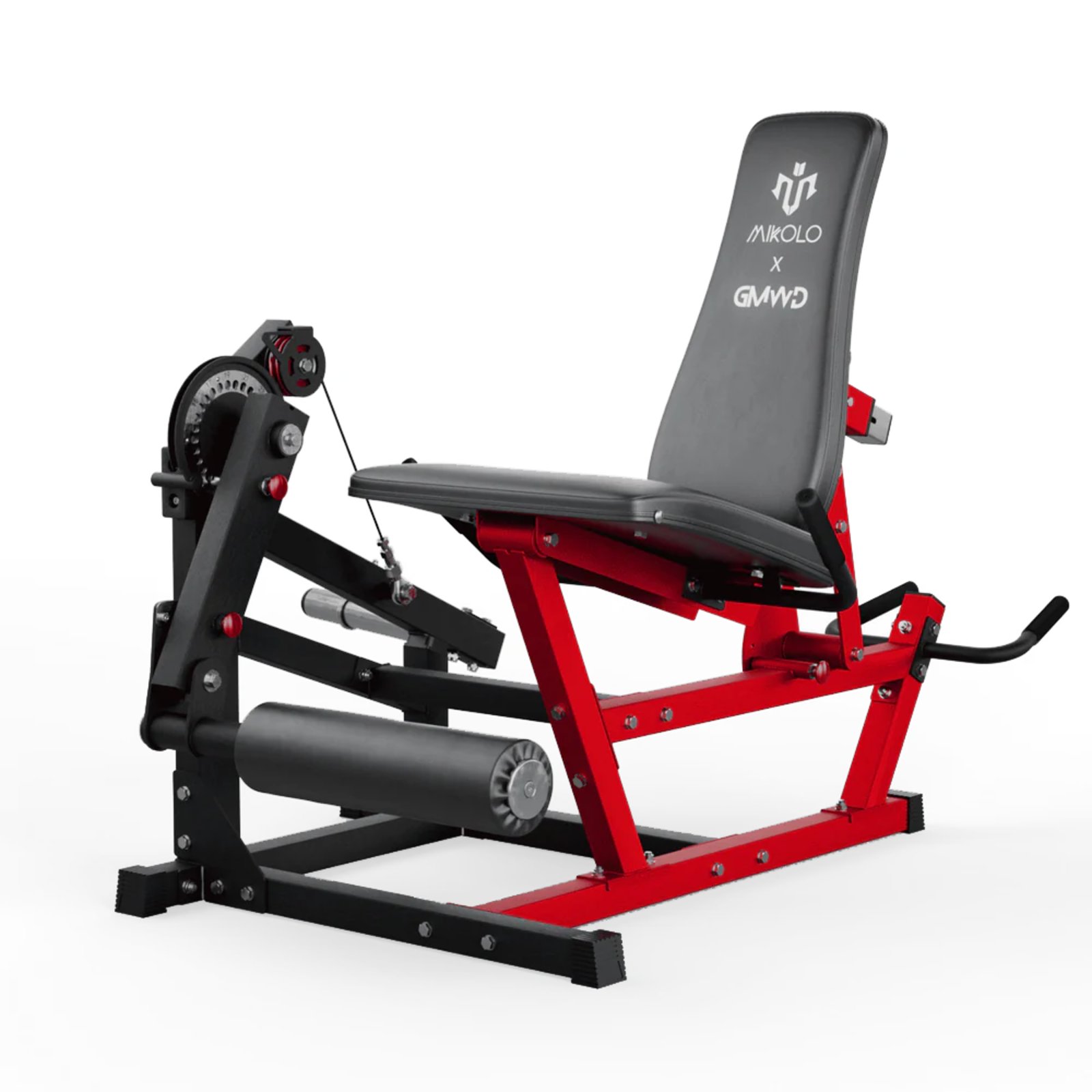
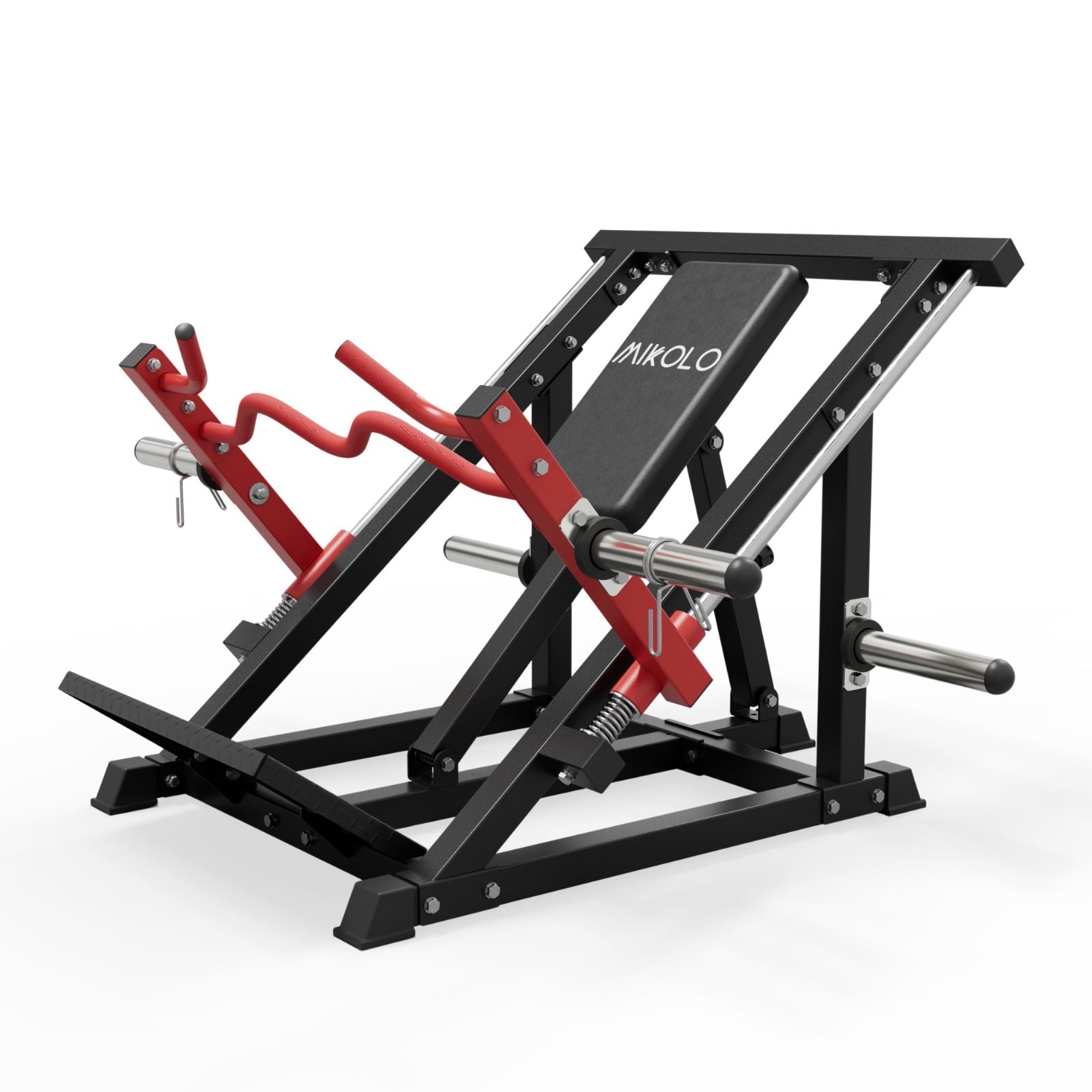
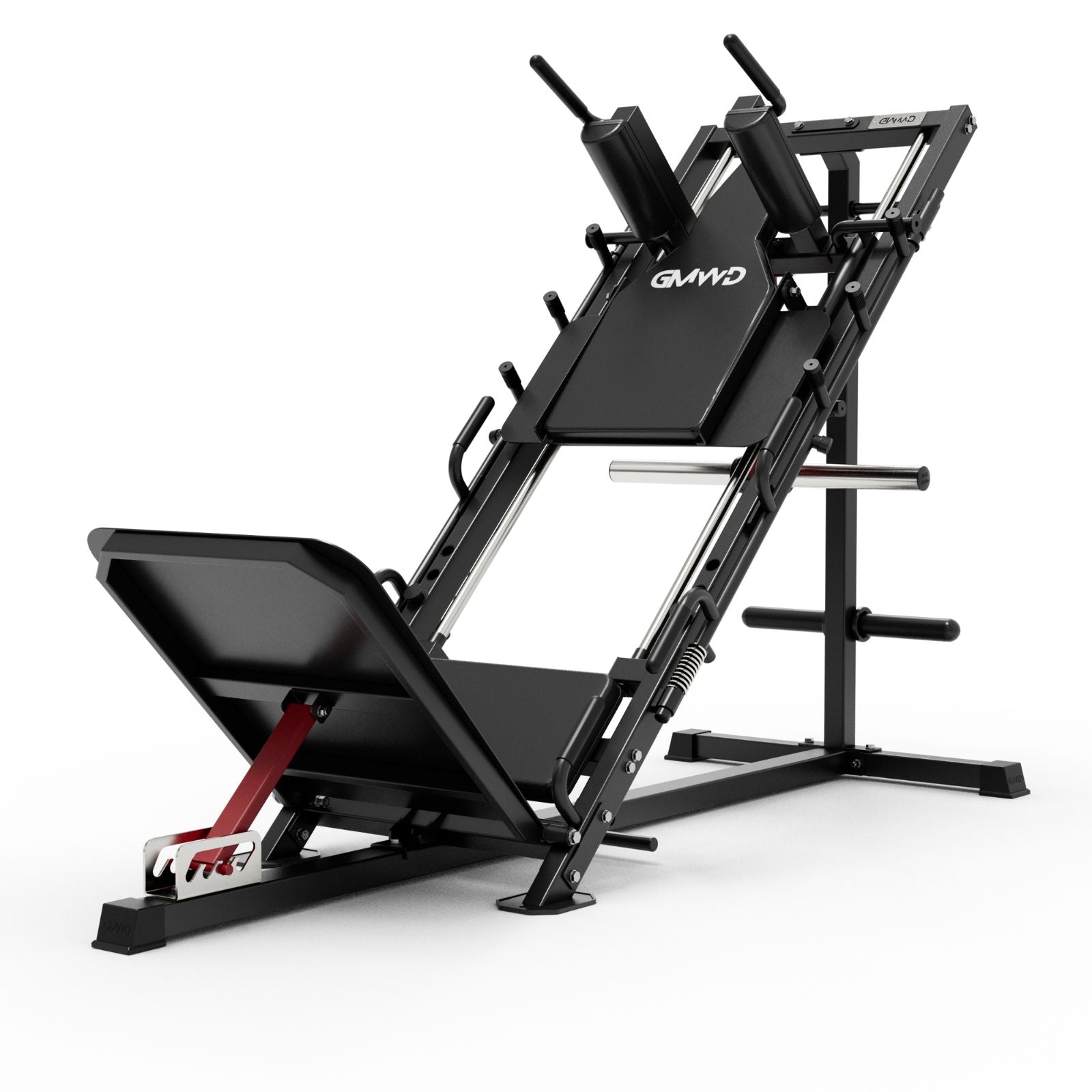
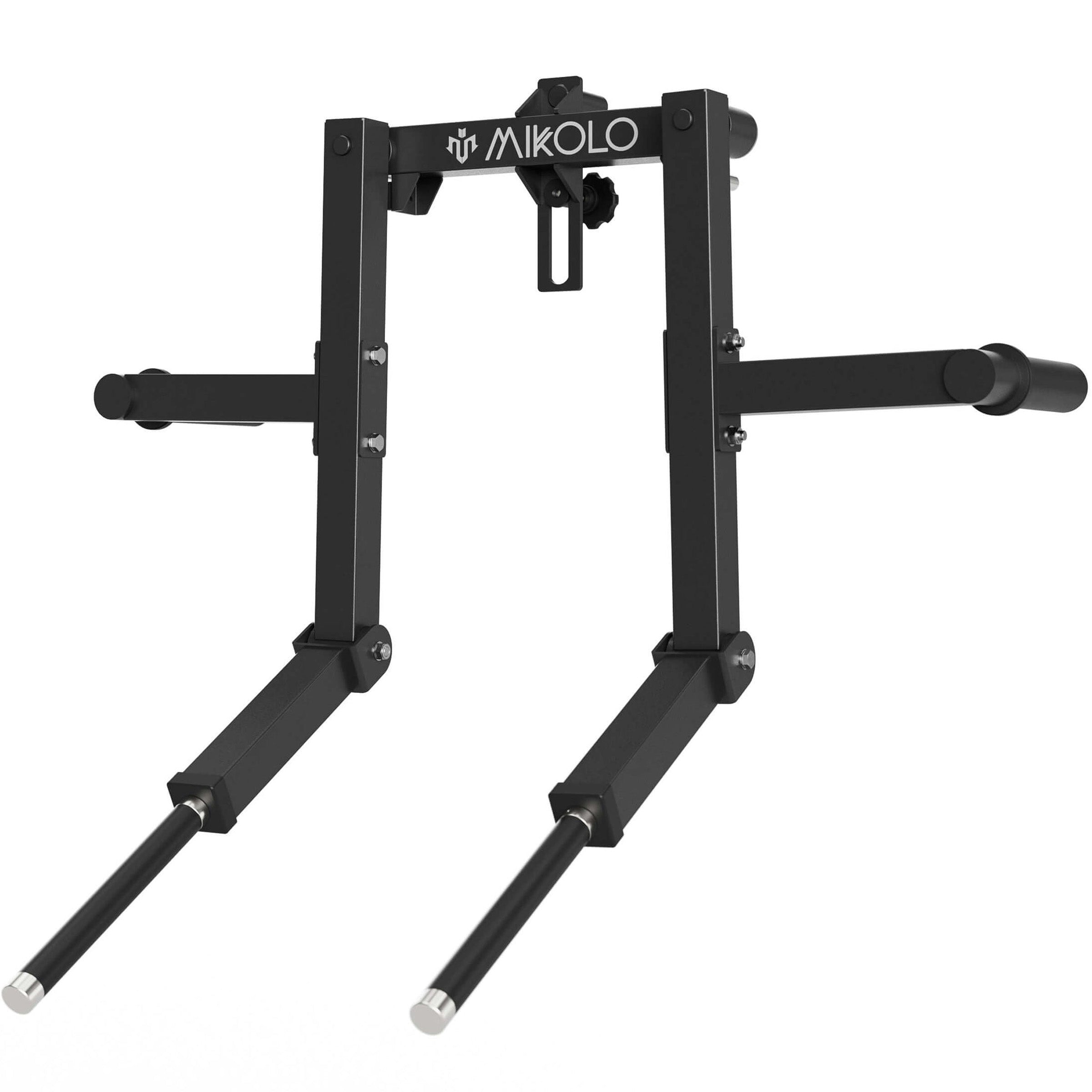
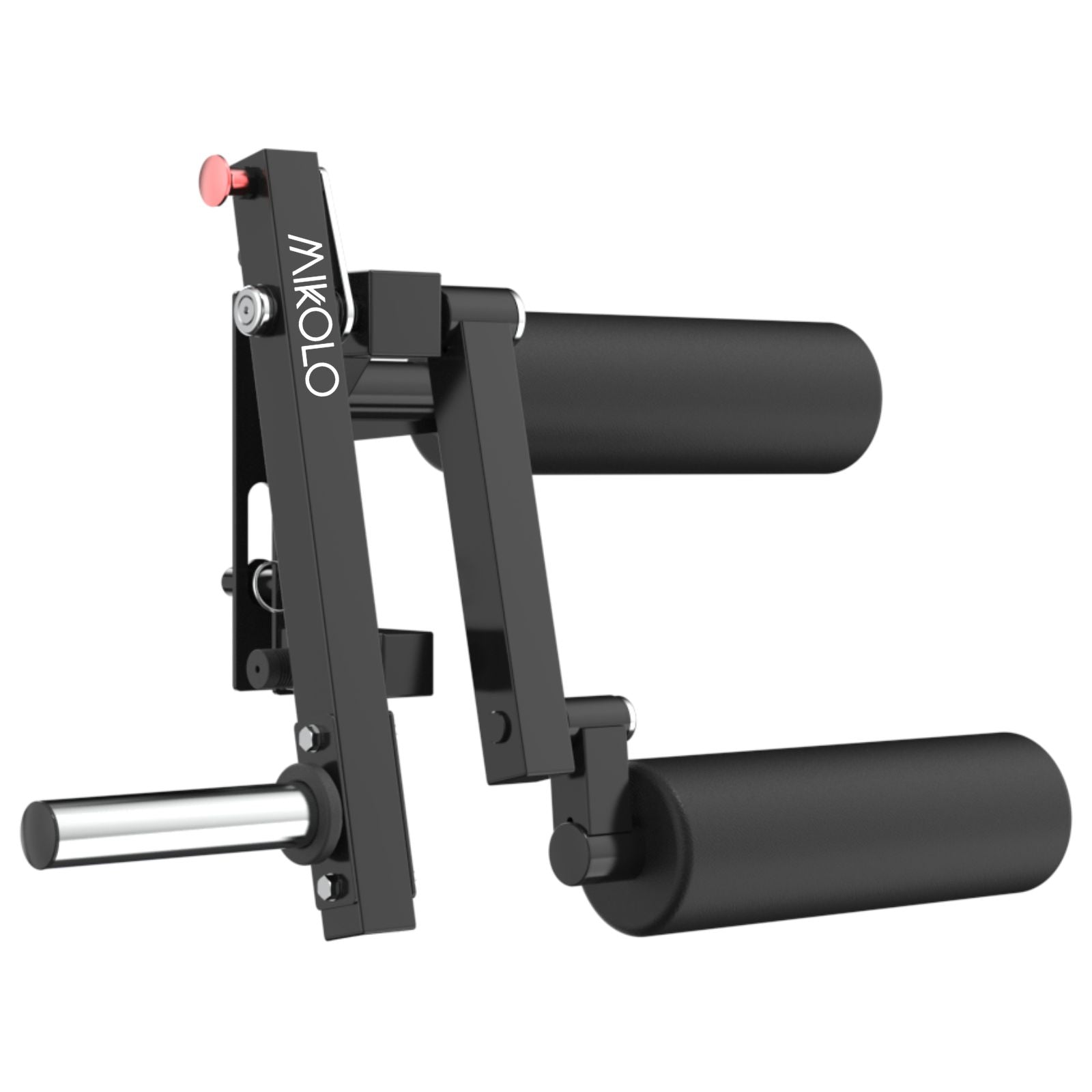



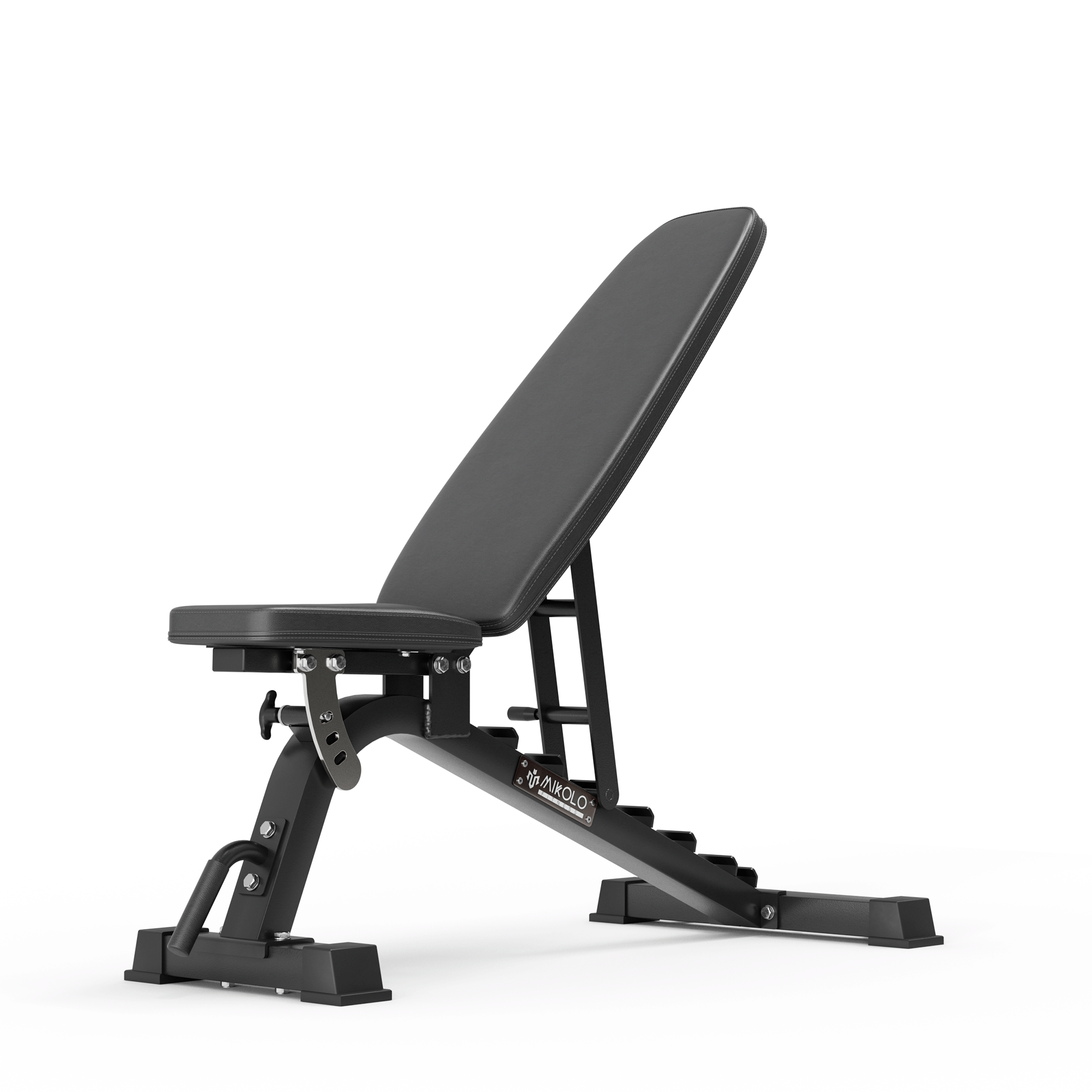

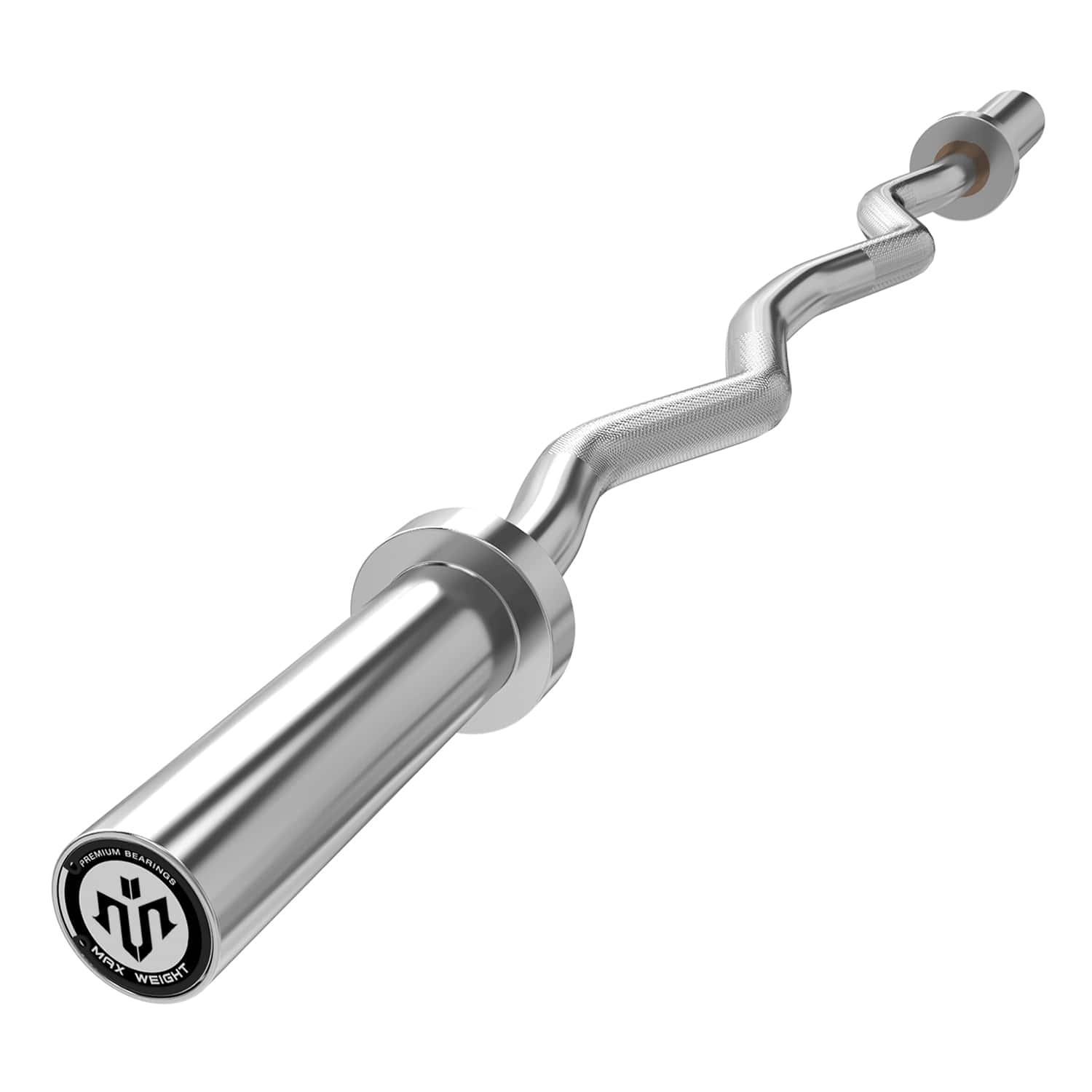



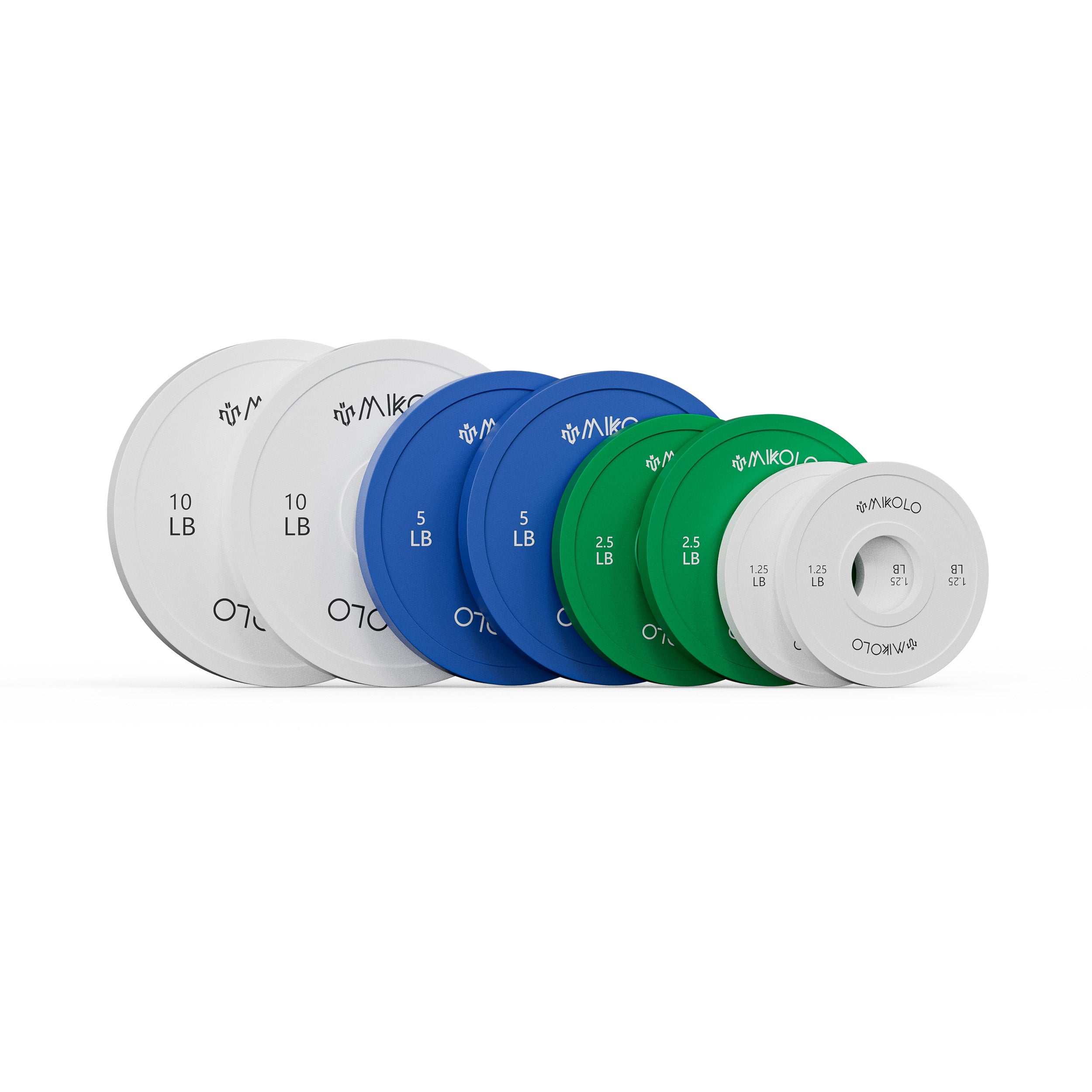



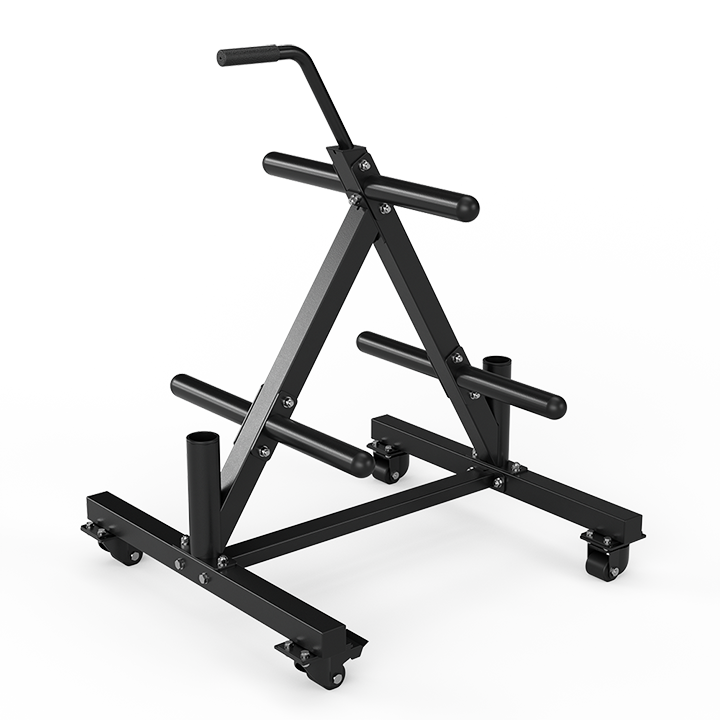
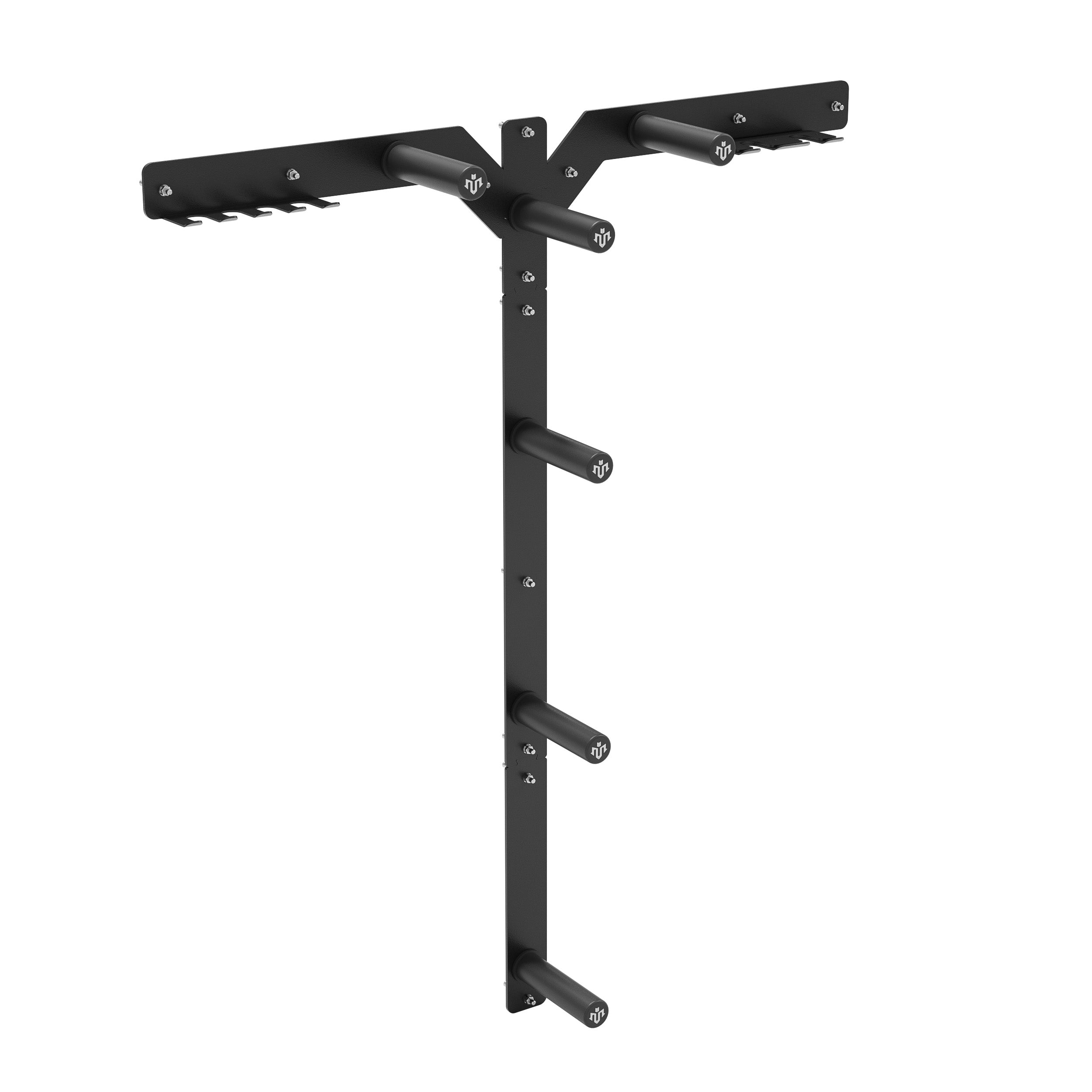
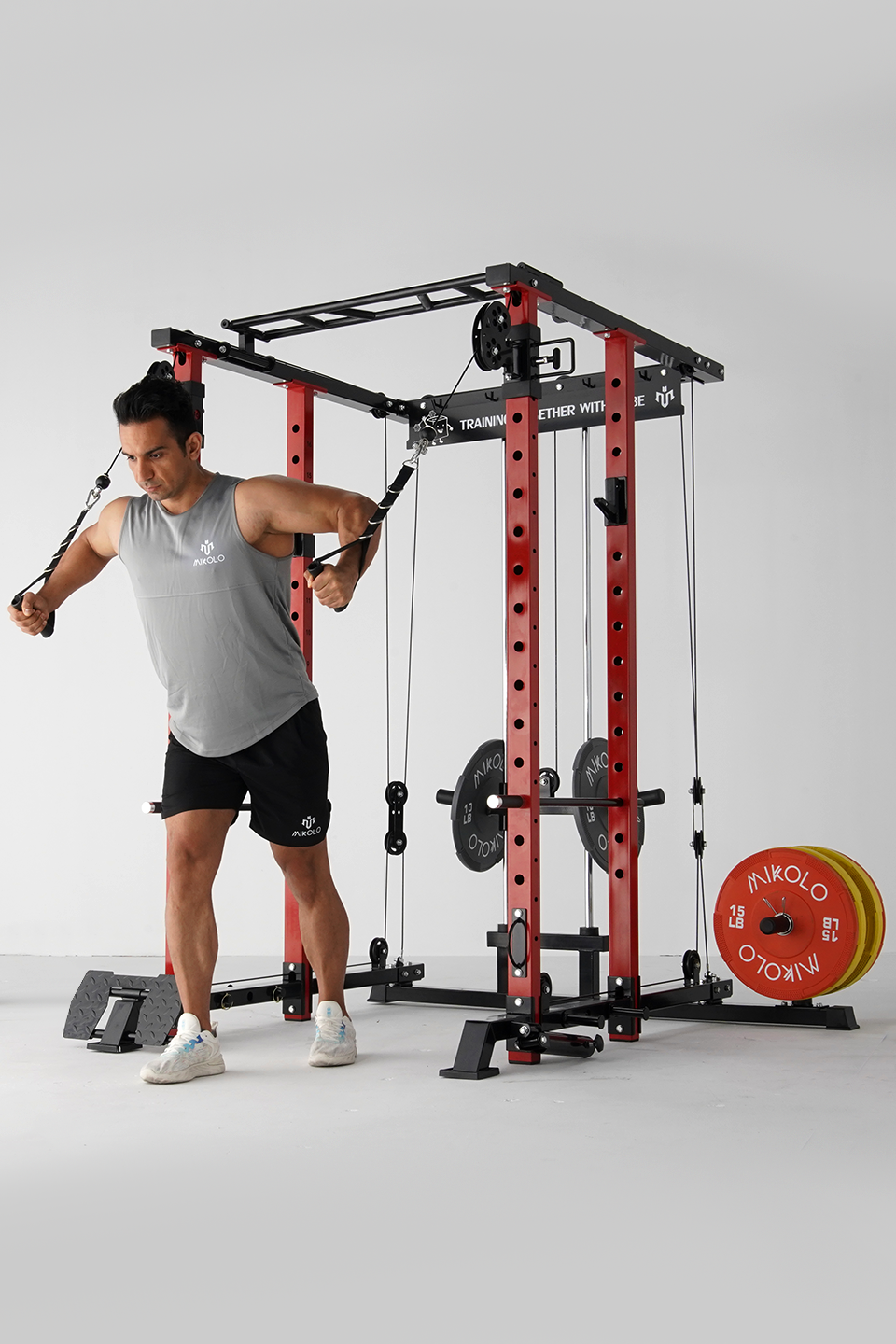



Leave a comment
This site is protected by hCaptcha and the hCaptcha Privacy Policy and Terms of Service apply.